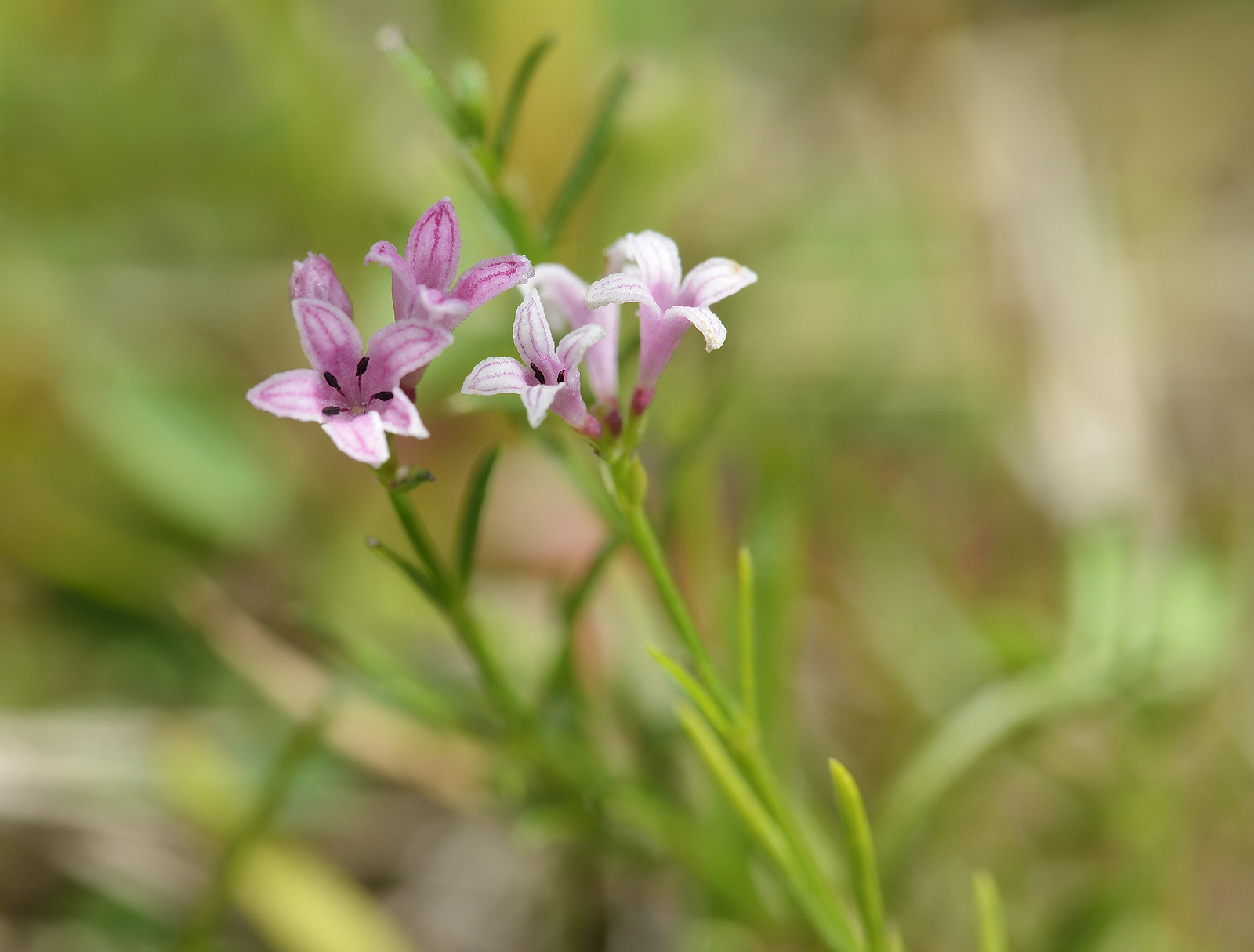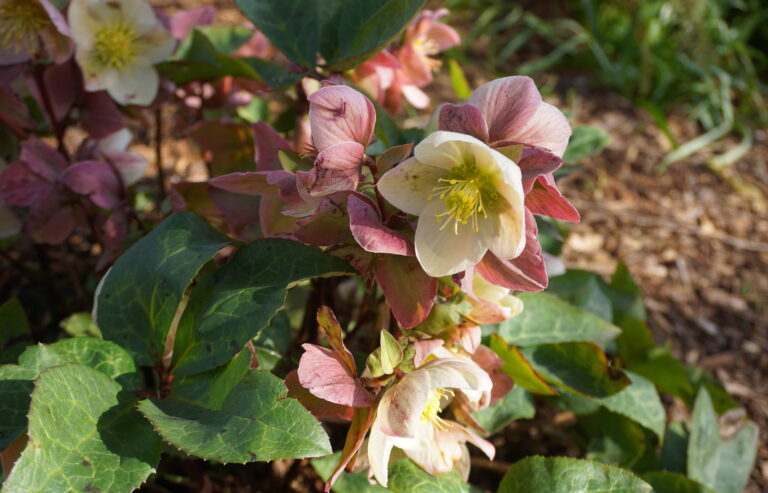How to Grow Asperula – Woodruff
Asperula, commonly known as woodruff, is a delightful and low-maintenance perennial that can add charm to almost any garden. With delicate, star-shaped flowers, a lovely fragrance, and soft green foliage, asperula is prized as both a ground cover and companion plant. Some varieties, like Asperula odorata (sweet woodruff), are particularly famous for their sweet, hay-like scent that intensifies when dried, making them popular in herb gardens and for natural perfumes.
Woodruff is a shade-loving plant that’s native to European woodlands, but it has become beloved worldwide for its versatility and beauty. It is particularly suitable for gardens that recreate woodland or naturalistic styles, thriving in shaded areas under trees or shrubs.
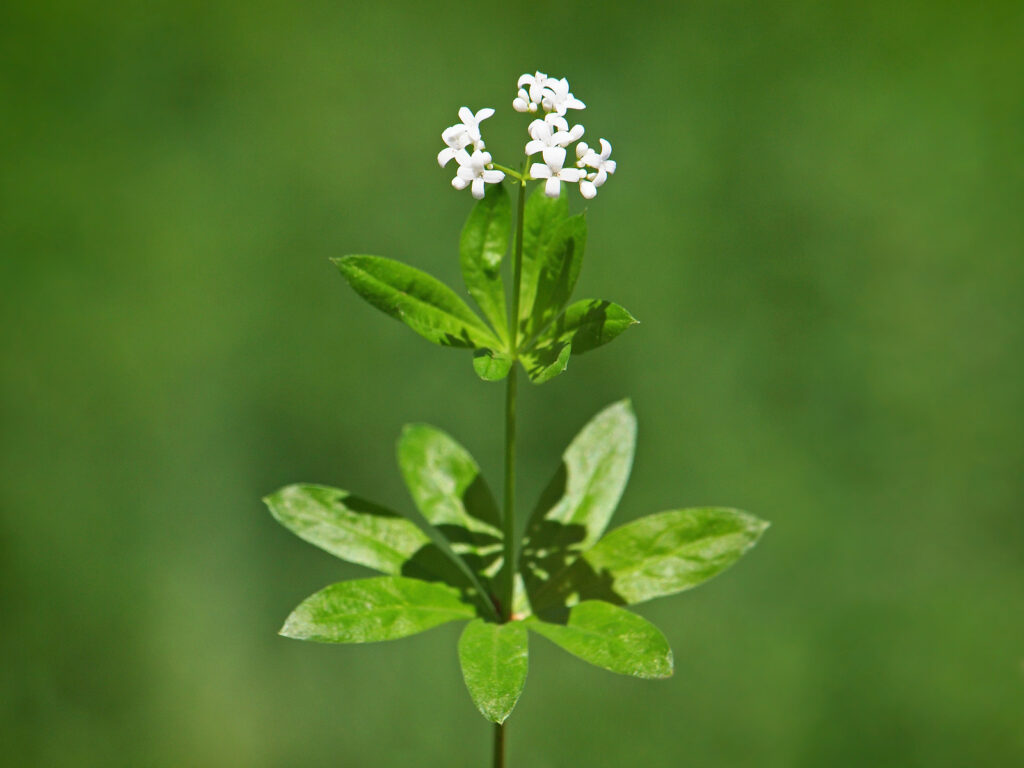
Choosing the Right Asperula Variety
While Asperula odorata (sweet woodruff) is the most well-known variety, there are other species to consider depending on your climate and gardening goals. Asperula tinctoria (dyer’s woodruff), for example, is used for natural dye production and can add a unique twist to your garden if you’re interested in plant-based crafts.
Where to Plant Asperula
As a woodland plant, asperula prefers conditions that mimic its natural habitat. This means it thrives in dappled or full shade, with moist, well-draining soil. The ideal pH is slightly acidic to neutral (6.0–7.0), but it’s fairly tolerant and can adapt to a range of soil types. Asperula does best in temperate climates, as it prefers cool, moist environments and may struggle in hot, dry regions.
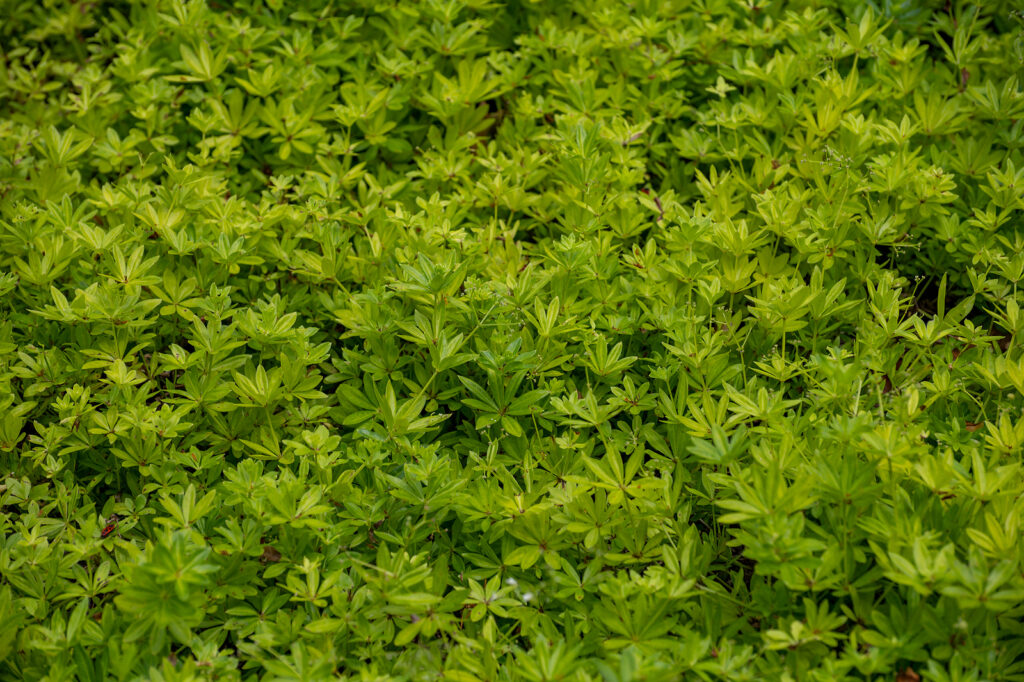
How to Planting Asperula
- Timing: Spring or early fall is ideal for planting asperula. These seasons provide moderate temperatures and ample moisture, helping the plants establish quickly.
- Soil Preparation: Loosen the soil and mix in compost or organic matter to improve drainage and enrich the soil. This is especially important if the soil is clay-heavy or compacted.
- Spacing: Place plants 12–18 inches apart, as asperula will spread out and create a dense, carpet-like cover over time.
- Planting Depth: Dig a hole just deep enough to cover the root ball, place the plant in the hole, and backfill with soil. Water thoroughly to settle the soil around the roots.
If you’re planting from seed, lightly scatter the seeds over the soil surface in spring and press them in gently. Seeds typically germinate in 2–3 weeks under favorable conditions.
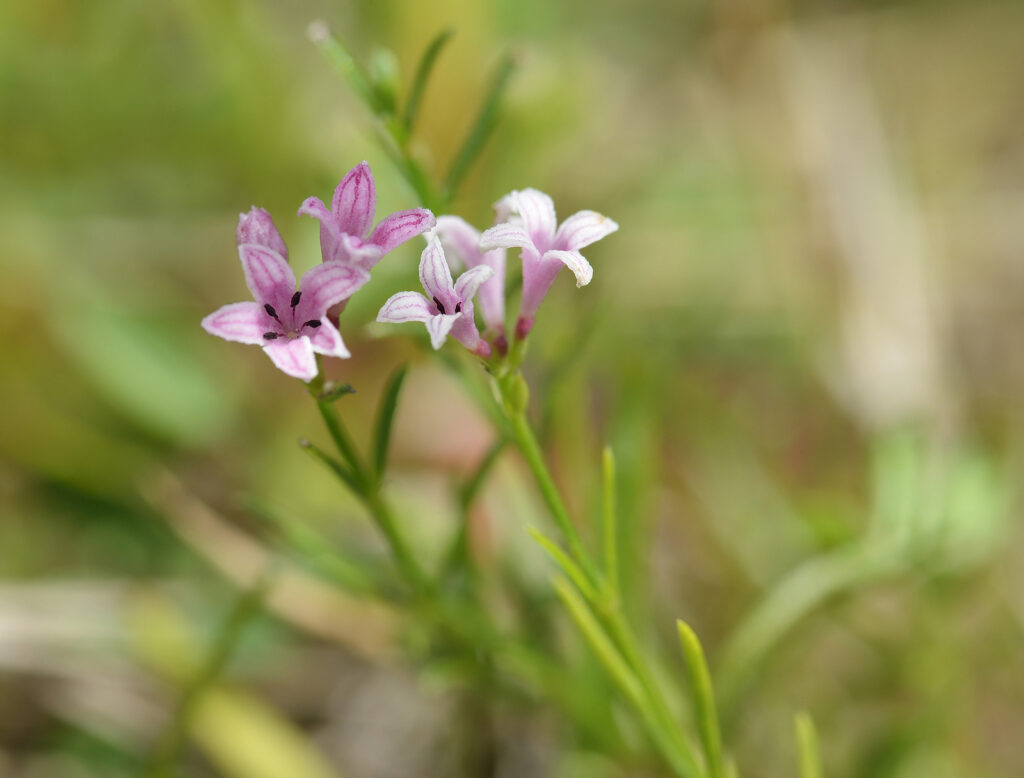
Growing and Caring for Asperula
Watering
Asperula enjoys consistently moist soil, especially during the growing season. Water regularly, but avoid overwatering, as soggy soil can lead to root rot. Mature plants are more tolerant of dry spells, but supplemental watering during periods of drought will keep them lush and healthy. Mulching around the base of the plants can help retain moisture and keep the soil cool.
Fertilizing
One of the benefits of growing asperula is its minimal fertilizing needs. In fertile soils, it rarely needs additional feeding. However, if your soil is nutrient-poor, a light application of balanced, slow-release fertilizer in spring can boost growth. Compost or organic matter mixed into the soil each year is usually sufficient to keep asperula thriving.
Pruning and Maintenance
Asperula is a low-maintenance plant that generally doesn’t require much pruning. After the flowering season, you can trim back any leggy or untidy growth to maintain its shape. In colder climates, it will die back in winter, returning in spring from its roots. Mulching in late fall can help protect the roots in regions with harsh winters.
Deadheading spent flowers is optional but can promote a tidier appearance. If asperula begins to spread more than desired, it can be easily divided or thinned in early spring to keep it within bounds.
Asperula Propagation
Asperula can be propagated by division or from seeds. Division is often the easiest method, as the plants spread naturally through underground rhizomes. Simply dig up a clump in spring or fall, separate the roots, and transplant the divisions to new areas.
Using Asperula in the Garden
As a Ground Cover
One of the primary uses of asperula is as a ground cover, especially in shaded or partially shaded areas. Its dense growth and spreading habit make it ideal for covering bare soil, suppressing weeds, and creating a soft, green carpet in shaded garden beds, under trees, or along woodland paths. Sweet woodruff’s small, white flowers add an elegant touch, creating a beautiful display in late spring to early summer.
Companion Planting
Asperula pairs well with other shade-loving plants like ferns, hostas, astilbes, and hellebores. Its low-growing habit complements taller plants, filling in gaps and providing a lush base layer. In the herb garden, it can be planted alongside herbs that appreciate similar conditions, such as mint, chervil, and parsley. This pairing also helps create a diverse habitat that attracts beneficial insects.
Edging and Borders
Thanks to its neat, compact growth, asperula makes an excellent edging plant for shaded borders or pathways. Its fine-textured foliage softens edges and transitions beautifully between larger shrubs, perennials, or woodland-style plantings. It’s also effective in creating a naturalistic, “cottage garden” look when used along pathways, contrasting nicely with stone or gravel.
Herb and Fragrance Gardens
The sweet-smelling foliage of Asperula odorata is highly prized for its fragrance, which intensifies when dried. This makes it a perfect addition to herb or fragrance gardens, where it can be used to create a sensory experience. The dried leaves can be used in potpourri, sachets, and natural perfumes. Additionally, sweet woodruff is a traditional flavoring in German cuisine, particularly in May wine, adding a unique twist to culinary herb gardens.
Container Gardening
While asperula is often used as a ground cover, it can also be grown in containers if given the right conditions. Choose a large, shallow container with good drainage, and use a high-quality potting mix enriched with organic matter. Keep the soil consistently moist and place the container in a shaded or partially shaded area. This approach allows you to enjoy asperula’s beauty and fragrance on patios, balconies, or even indoors, where it can serve as a lovely decorative plant.
Asperula Environmental Benefits
Asperula provides ecological value in the garden as a low-maintenance, soil-covering plant. Its dense mat helps prevent soil erosion on slopes and keeps soil shaded and moist, benefiting microfauna and beneficial insects. The flowers are also mildly attractive to bees and other pollinators, supporting biodiversity even in shaded areas.
Asperula Summary
With its fragrant foliage, delicate flowers, and low-maintenance nature, asperula is a versatile addition to shaded gardens. From ground cover to companion plant, container plant, and fragrant herb, it offers beauty and practicality with minimal upkeep. By planting it in well-draining, shaded locations, providing moderate water, and allowing it to spread naturally, you can enjoy its charm and subtle elegance throughout the growing season.

